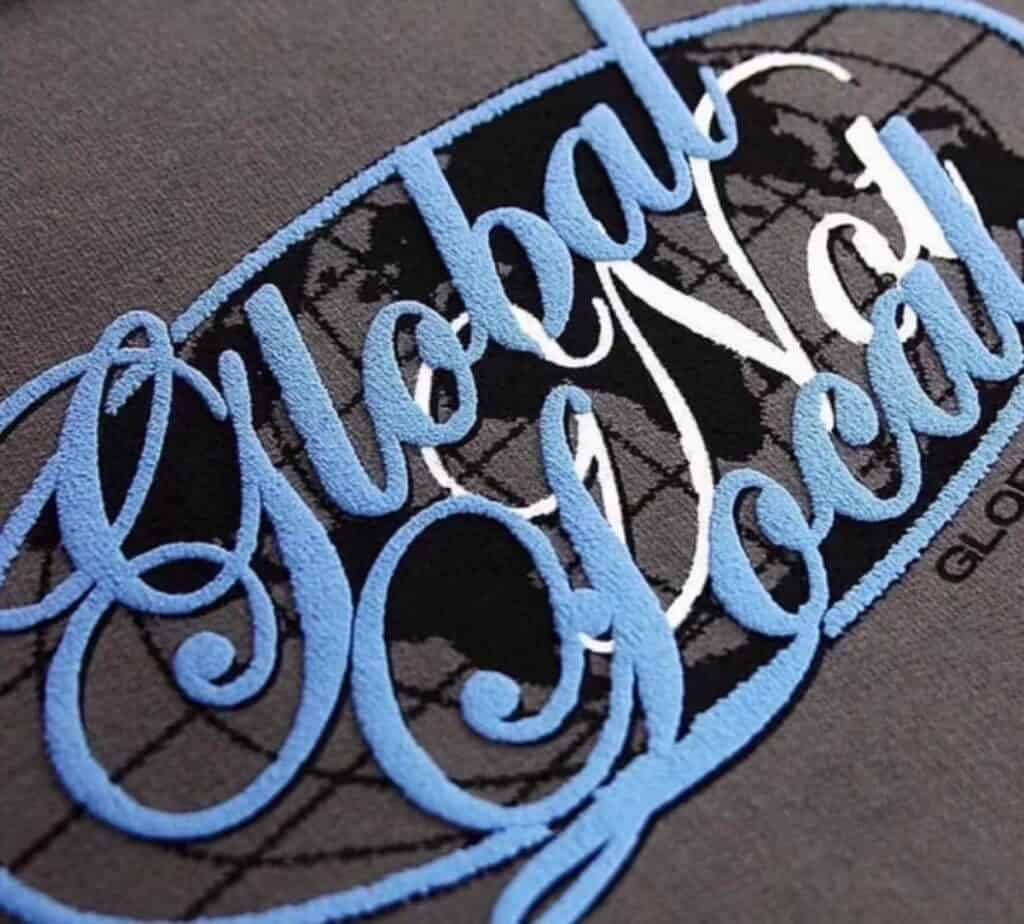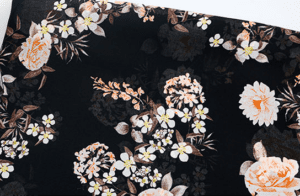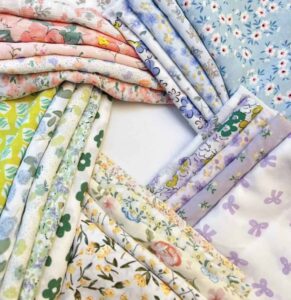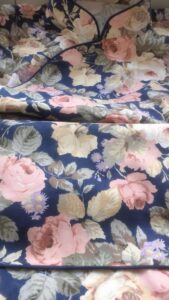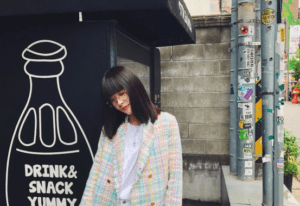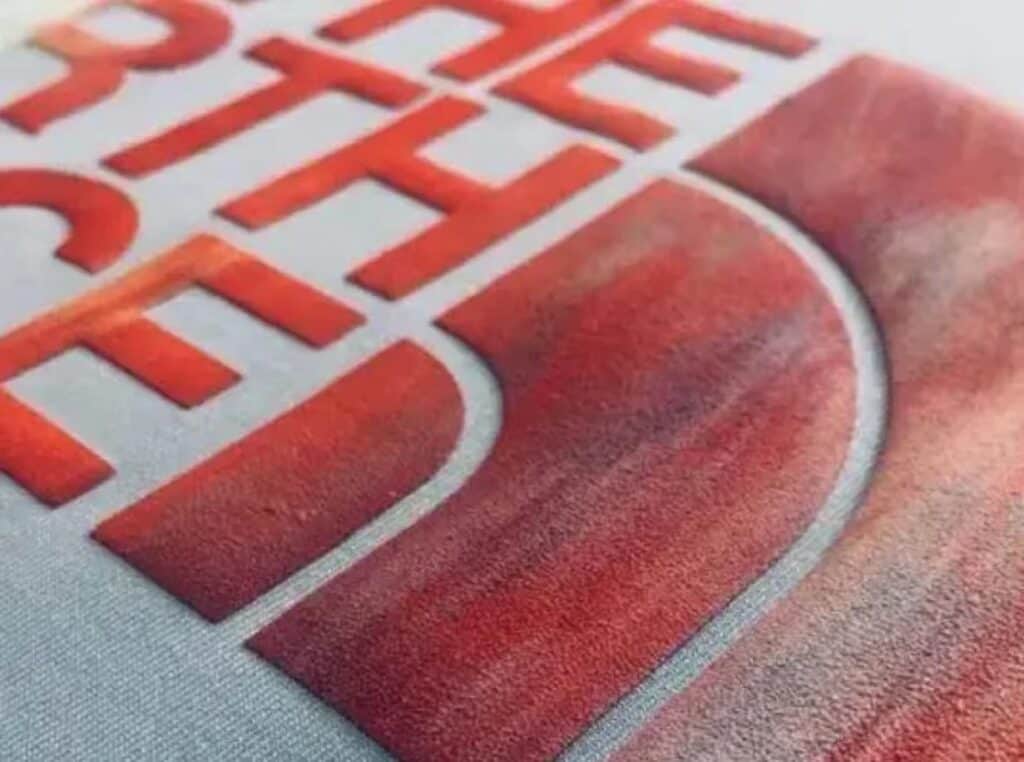
Sticky hands after good printing of printing paste
Printing paste printing after drying the phenomenon of sticky hands, with the rise in temperature and more serious.
Reason: The main raw material of printing paste is acrylic resin, the characteristics of the resin, the choice of harder resin, the problem of sticky hands can be solved, but the adhesion force is very serious, if the adhesion force is increased, you must choose a relatively soft resin, but soft resin is easy to stick back.
Solution.
Use printing paste anti-adhesive, add to the printing paste mixed well, after printing, printing paste anti-adhesive can form a film on the surface, not only does not affect the adhesion of the printing paste, but also solve the problem of sticky hands.
Flat screen fabric printing in the plug network phenomenon solution
Causes: the density of the base sheet is not enough; flat screen plate making operation process is not appropriate; printing paste quality problems.
Solution.
The base sheet is currently using computer production. The higher the density of the pattern to black, the better the shading effect. If the blackness is not enough, the poorer the shading effect, UV light is easy to pass through, it will cause the plug; the gray haze of the base sheet should be low, such as gray haze is high, blocking the UV light through, need to lengthen the exposure time to complete, so easy to cause excessive exposure time and produce plug.
Flat screen plate development, curing operation process is not appropriate, will lead to plugging. Development, to take into account the ultraviolet light is transmitted from the printing surface of the screen to the scraping surface, the printing surface is fully illuminated, you can use the larger pressure of the water rinse; and scraping surface light crosslinking degree than the printing surface is small, the film is tender, rinse should be used without pressure of the water slurry residual slurry drenching clean, to avoid residual slurry blocking the net hole. Curing before the second exposure, so that the rubber layer is fully photopolymerized and then coated with curing agent.
When printing, the use of slurry contains impurities or undissolved particles blocking the mesh, so that when printing the colour paste can not be scraped out of the mesh, so before using the slurry to filter to impurities. Make paint binder to choose a good quality binder and good compatibility of thickener, scraping when printing film should not be too fast.
The process of generating the edge of the pattern from clear to blurred
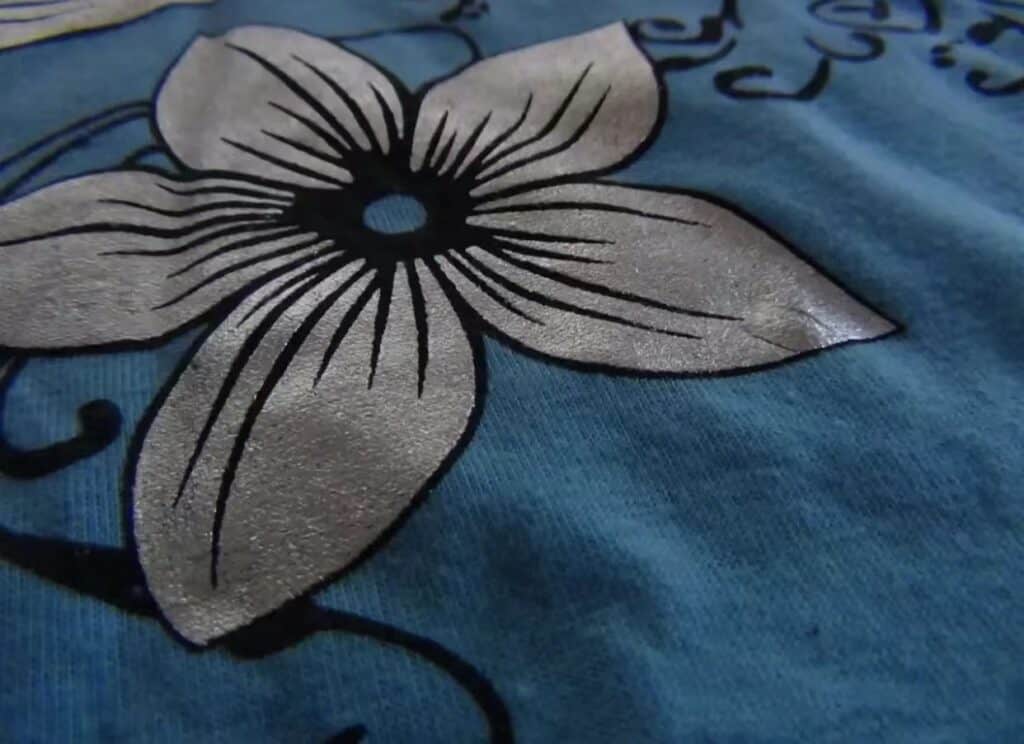
At the beginning of the printing due to the liquidity of the paste is good, so the ink scraper does not need a lot of force to cut the paste clean. With the continuous evaporation of water in the rubber pulp, pulp gradually thicken, viscosity becomes larger, must increase the size of the ink scraper to cut clean excess pulp. As the strength increases, so that the screen elastic deformation of the pattern displacement, with the disappearance of the force of the ink scraper, screen rebound after the printing surface of the pattern edge of the screen will be counter-sticky to the paste, in the second printing, the paste will move to the edge of the pattern, resulting in blurred pattern edge phenomenon.
Solution.
(1) Use a screen with less elasticity, such as a polyester silk screen.
(2) Increase the tension of the screen.
(3) Reduce the resilience of the screen.
(4) Adjust the viscosity of the paste at all times.
The pattern of sharp corners into rounded corners, small dot loss causes
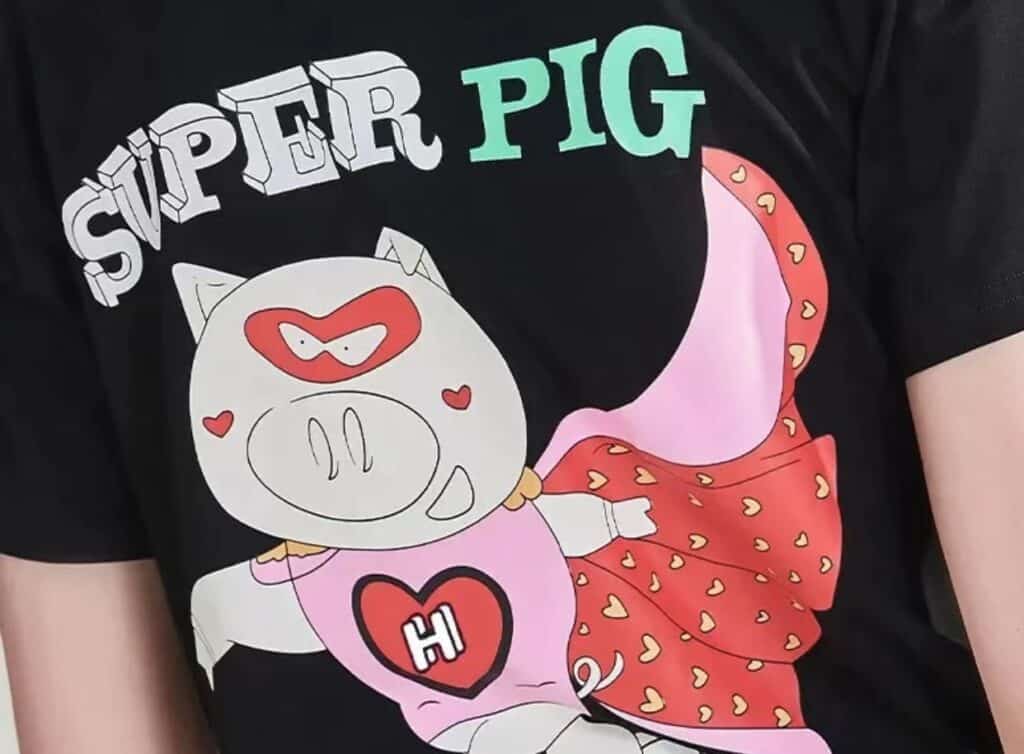
Due to the gradual thickening of the paste in the printing process, so that its mobility becomes smaller, when passing through the mesh must increase the pressure of the ink scraper to pass through the mesh, but in the edge of the screen pattern due to the photopolymer support pad role, so that the ink scraper can not always extrude the paste out of the mesh, so that the paste particles stay in the mesh to form a film, resulting in photopolymer edge of the mesh blockage.
Solution.
(1) Choose a low mesh, monofilament, thin screen.
(2) The photopolymer should not be too thick.
- Keep the paste liquid at all times.
The cause of crusting in the printing process
Any printing material has a common characteristic, namely: the thinner the ink layer the faster it dries, the same applies to the rubber paste. As the screen is larger than the pattern, the screen has enough space for the pulp to stack, the ink scraper is not possible to collect the pulp clean at each printing, especially in the pattern above the often produce a thin ink layer, these ink layers will be in a short period of time to form a semi-dry film, these films are scraped into the bias hole to block the mesh, the formation of local blocking phenomenon.
Solution.
In the screen pattern area and the screen frame between the wooden strip to do isolation, the pulp control in a certain range, the squeegee can each time the screen pattern side of the pulp to collect clean, also means that the pulp in this range is not possible to produce a thin ink layer, so you can put an end to the crust phenomenon.
Causes and solutions of bleeding in self-matched paint pastes
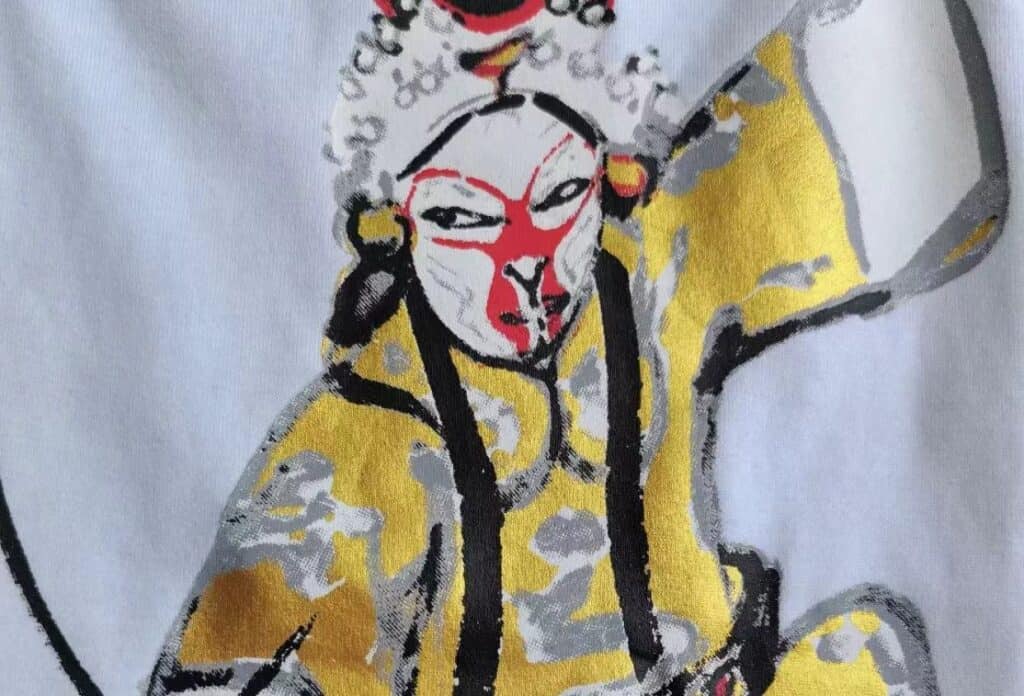
Self-formulated paint pastes are water-based pastes used for textile printing. Bleeding (blotting) can be found from the following aspects to find the cause.
(1) Synthetic fibre fabrics: such as polyester, nylon, polypropylene, etc., or blends with a high proportion of synthetic fibres. Synthetic fibers: fabric for hydrophobic material, with general printing cotton fabric coating water-based pulp easy to seep easy blot. If the printing of synthetic fabrics, with the application of thick emulsified paste, avoid dilution with water. If you must dilute, it is appropriate to use thin emulsion paste dilution. Do not dilute directly with water.
(2) The humidity in the air is too large, such as long rainy weather in the south, with pulp should add less water or no water.
(3) Cotton is a natural cellulose fibre fabric and is a hydrophilic material. Generally not easy to permeate. However, if the capillary effect is too high, it will also lead to bleeding. So a suitable capillary effect is controlled at around 7-8cm. It is vital to ask for the manufacturer’s technical specifications before feeding the material. Too low a capillary effect will not be printed through, too high will cause bleeding.
(4) Some companies use emulsified paste as a thickening agent, commonly known as A gang pulp. It is made by emulsifying white fire oil, ping pong and synthetic dragon glue under high speed mixing. If the quality of the A paste has problems, not fully emulsified well, after printing, there are “oil circle” produced, very easy to cause “seepage” or “watermark” of the misunderstanding. So you should use good quality A pulp or change to a synthetic thickener, to overcome the “oil ring” generated.
(7) There are many factors that cause “bleeding” and “blotting”, such as the organization of the weave is too thin, too thin, too light; the pattern area is too large; the screen mesh is too low; the pressure is too high during operation; the scraper section does not correspond to the pattern, the amount of stock is too large and so on.
In addition, the table surface also has a great relationship. If you use glass, plastic veneer extremely smooth hard table surface, will also cause bleeding drag plate. The outline is unclear, but should be changed to a flexible soft table surface.
How do I mix different colours of pastes?
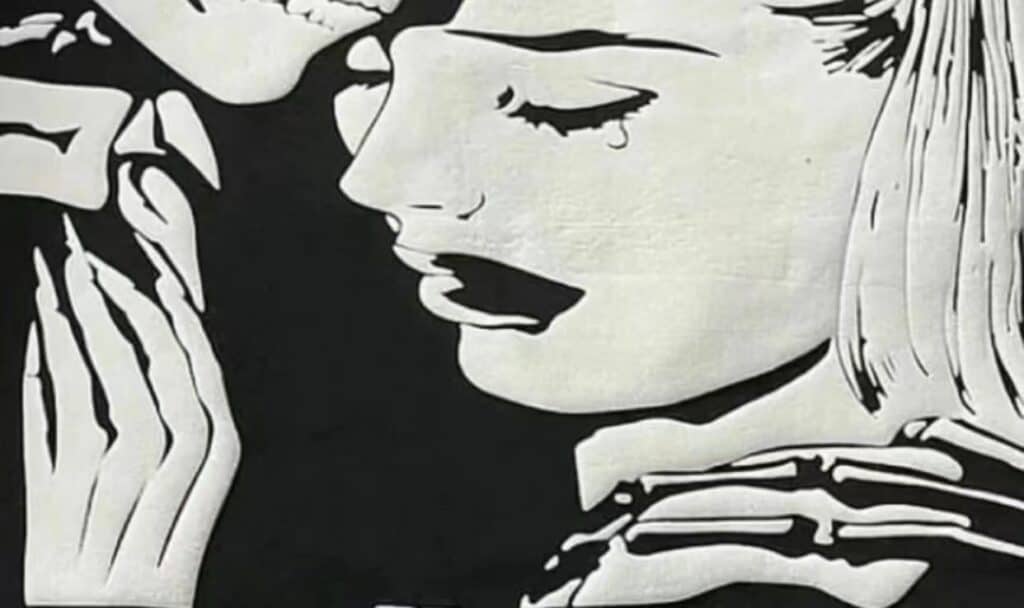
Colour science is a deep study, and colour mixing requires practical accumulation. If you learn the theory well and practise it, you will be able to mix different colours and colours. A good colourist will be able to determine the basic recipe for colour mixing by looking at the samples. Some of the colour mixing old technician, in the big production that out of the time, found the problem, timely additional colour, too late to test the sample, a hammer, to do eight or nine, this is hard work, then we must start from scratch, practice the basic skills.
First of all, from the red, yellow, blue three basic colours to try out secondary colours: orange, green, purple. Then modulate the three colours: yellow grey, blue grey and red grey.
Then each set of chromatography in each monochrome from light to medium to dark, the amount of 0.1%, 0.5%, 1%, 3%, 5%, scraping the sample to leave the formula.
In addition, to each batch of business samples, formulas to keep on file for reference, perseverance, will certainly be harvested.
The general principles of colour mixing are as follows.
Try to reduce the number of dyes or paints when spelling, can use one, not two, can use two, not three. To facilitate the control of colour and light, it is generally better to use less than three colours. Secondly, it is best not to mix dyes or paints of the same type, from different manufacturers or brands, if it is necessary to use them for “colour mixing”, then the “colour mixing head” can only be minimal and cannot be divided equally between two brands.
A further principle is that dyes or paints have a saturation value, beyond which washing is easy, resulting in staining. Even if the paint is black, the amount should be controlled at 8-10%, not more than 10%.
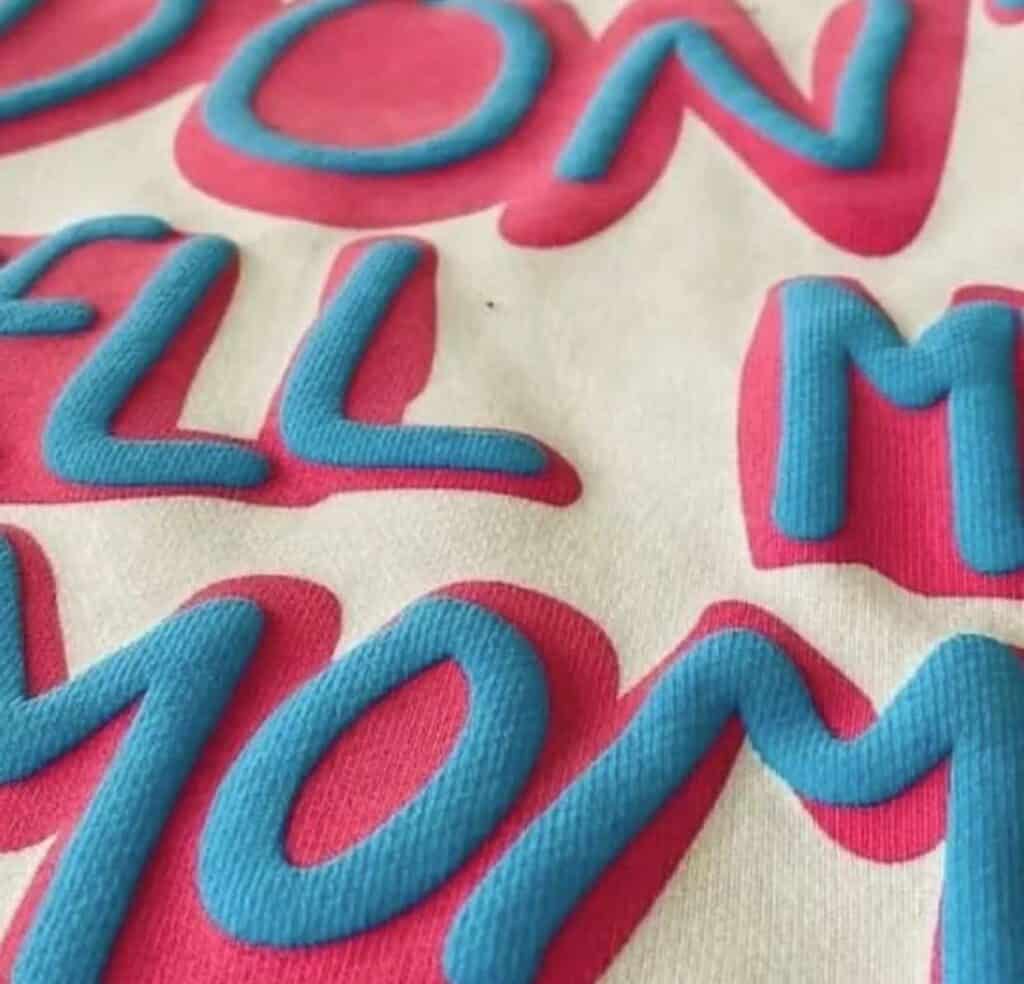
How to choose and use the elastic overprint paste to ensure its colour fastness?
(1) If it is a garment, use a water-based elastic overprint paste. This is because clothing printing requires no smell and a soft feel, especially for export garments or high-end products.
(2) The type of fabric has an extremely important relationship with the colour fastness of the elastic overprint paste. The elastic cover printing paste used for cotton fabrics should not be used on synthetic fibres, as its colour fastness cannot be guaranteed, and polyester or nylon special paste should be chosen.
(3) Rainproof nylon or polyester, used as banners, umbrellas, etc., outdoor environment requires good weather fastness, should withstand the sun and rain, the smell and feel of softness is not too demanding, you can choose solvent-based ink, such as polyester ink, nylon ink to print. Coated fabrics, should be based on the coating material to choose the appropriate ink is better.
(4) As materials and production processes vary from manufacturer to manufacturer, please read the instruction manual to understand how to use. Some products require drying and baking at 130-150°C for 3-5min to increase the colour fastness. Many individual workers tend to focus on the quality of printing and ignore the post-treatment process. Omit the baking process, resulting in a wash off, the situation of the previous work abandoned.
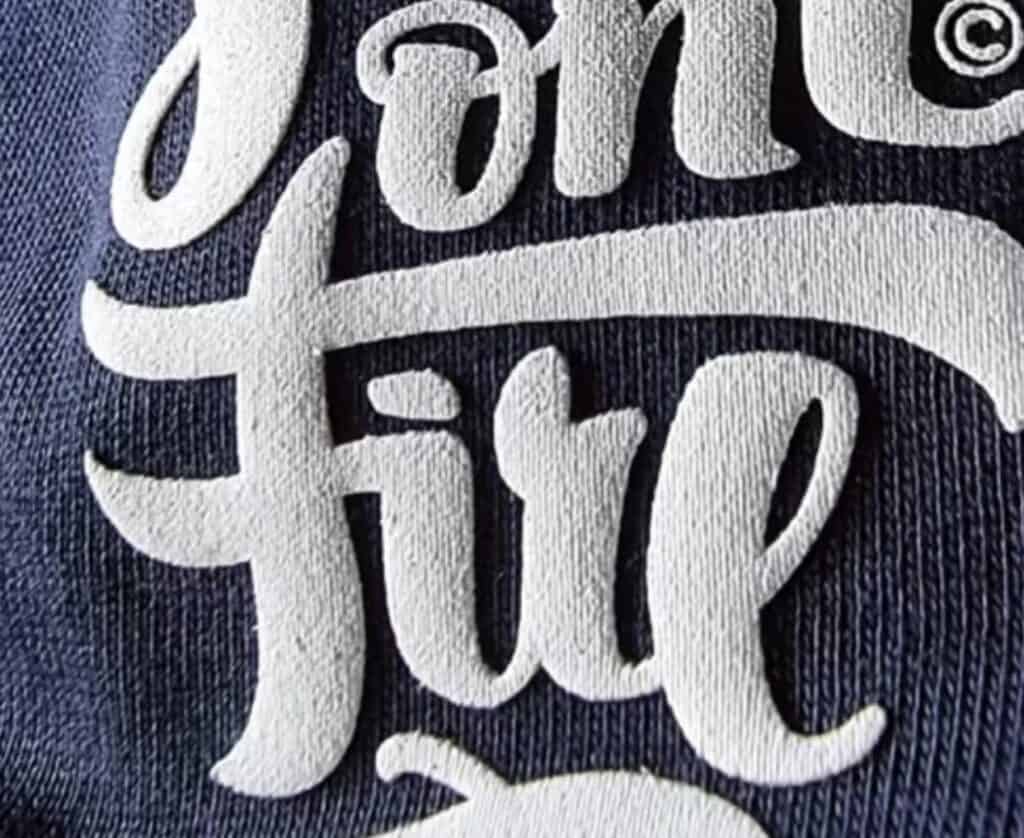
Even if it is a low-temperature type of “glue paste” or paint paste, it cannot be printed and then washed. It should be fully dried for 24h, preferably for 7 days, so that its colour fastness reaches its highest value. If drying at around 100°C, it is better to use an iron.
9. Why heatset ink printing does not block the screen and can be printed wet to wet
This is the biggest question for traditional textile garment printers. They are amazed when they see fully automatic garment printing machines producing at high speeds (one every five seconds), and they are even more amazed when they see that heatset ink printing can be continued the next day, or even ten days and a month later, without the need to clean the screen. Why? Because we all think that the printing paint must contain adhesives, and adhesives must have sticky (so in the case of undried will sticky plate) and self-curing (of course, we have to block the network).
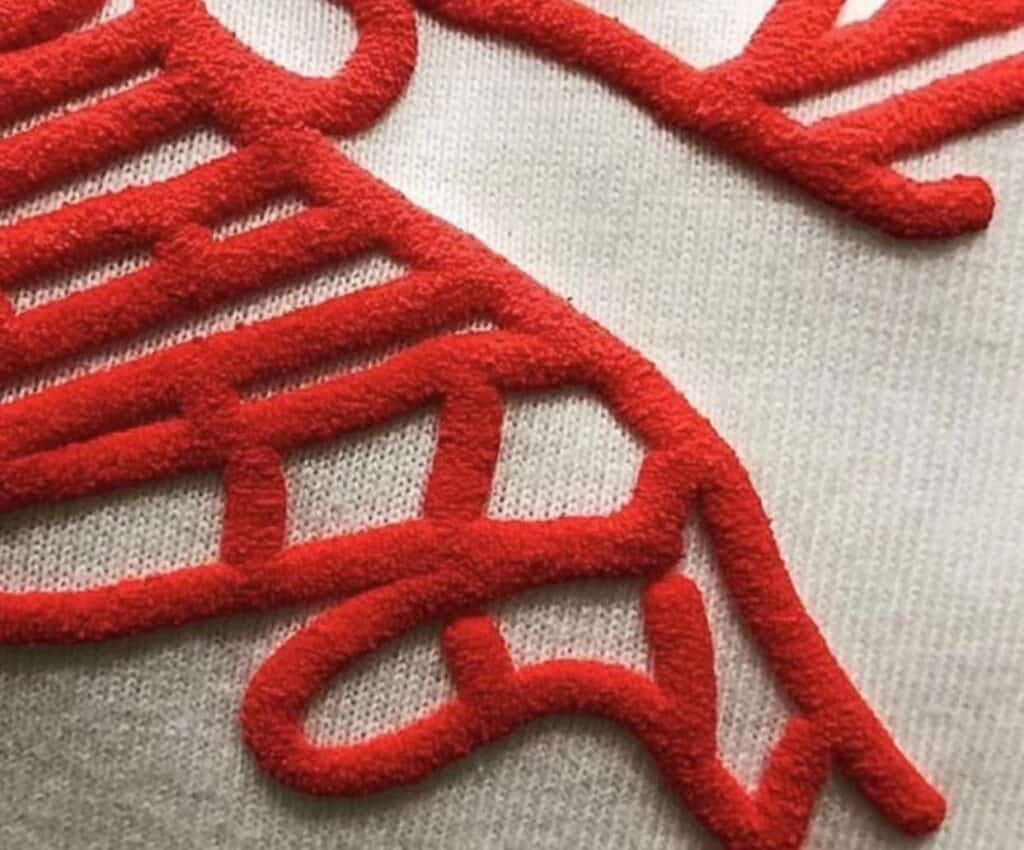
Is heatset ink (called:PLASTISOLINK) a textile printing coating?
Of course it is! But it is a new type of printing coating, i.e. a printing coating that does not contain any binder. Therefore, heatset inks do not have the stickiness and self-curing properties of adhesives, and they also have the condition of never blocking the screen and not sticking to the stencil.
With the conditions of non-stick screen, is not the same as absolutely not sticky screen, because the heatset ink is after all paste. To do wet-to-wet high-speed printing, but also must master the process of printing technology of the thermosetting ink dot.
Textile printing coatings have been divided into two main categories: adhesive class and non-adhesive class.
Heat-set ink for non-adhesive textile printing coatings, its accurate method should be called: hot melt curing PVC textile printing coatings.
